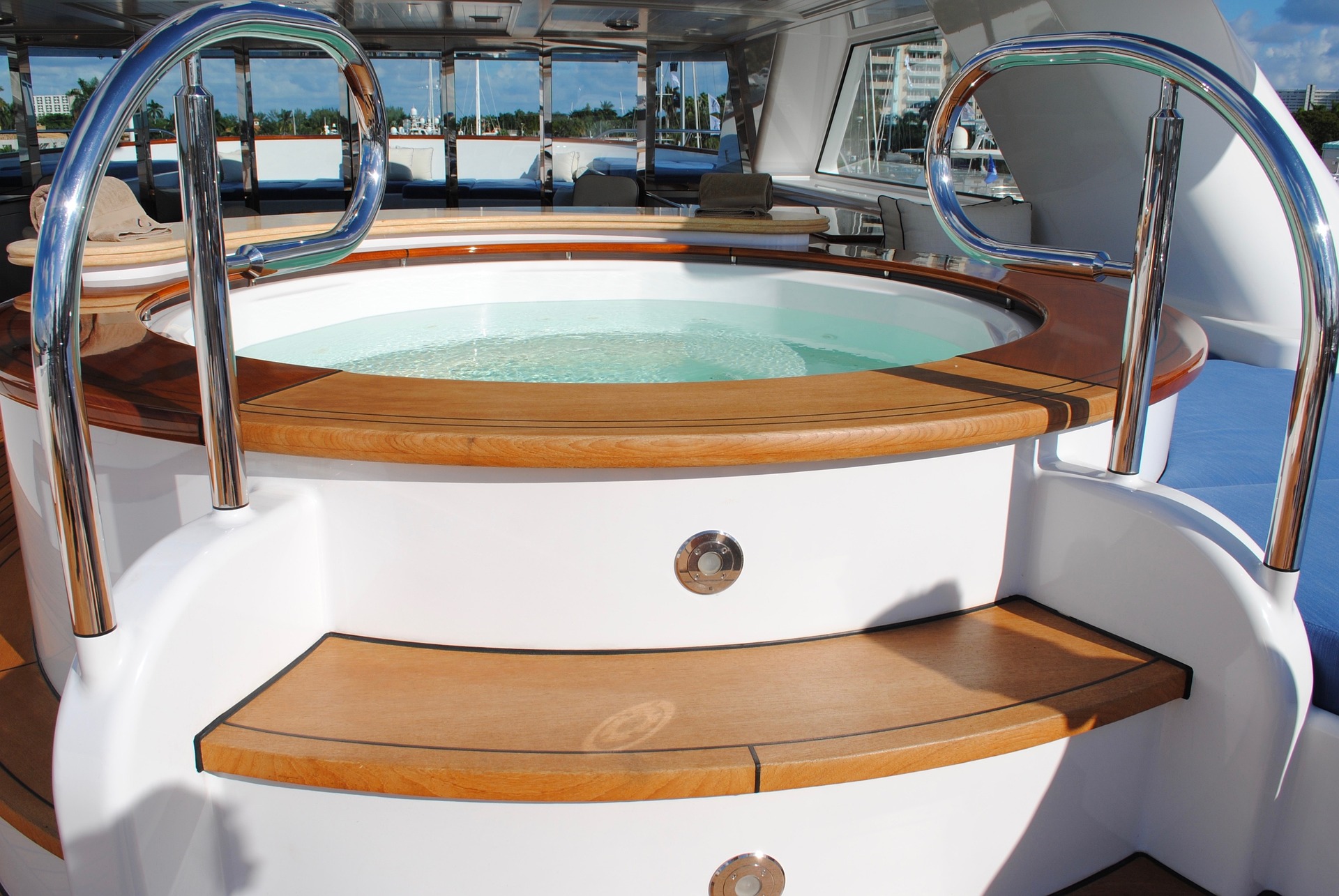Electric Wheelchairs: Enhancing Mobility and Independence
Electric wheelchairs have revolutionized personal mobility for individuals with limited physical capabilities. These motorized devices offer increased freedom, independence, and quality of life for users across various age groups and physical conditions. This article explores the key aspects of electric wheelchairs, their benefits, and how to choose the right one for individual needs.
How do electric wheelchairs improve mobility and independence?
Electric wheelchairs significantly enhance mobility and independence for individuals with limited physical abilities. Unlike manual wheelchairs, which require upper body strength to operate, electric wheelchairs are powered by batteries and controlled through a joystick or other input devices. This allows users to navigate various terrains and distances with minimal physical exertion.
The improved mobility provided by electric wheelchairs enables users to participate more fully in daily activities, social engagements, and work environments. Users can travel longer distances, navigate through tight spaces, and overcome obstacles that might be challenging with manual wheelchairs. This increased mobility often translates to greater independence in performing tasks and accessing different environments.
What are the key features to look for in an electric wheelchair?
When considering an electric wheelchair, several key features should be evaluated to ensure the device meets the user’s specific needs:
-
Battery life and range: Look for models with long-lasting batteries that provide sufficient range for daily use.
-
Maneuverability: Consider the turning radius and overall size, especially for indoor use in tight spaces.
-
Weight capacity: Ensure the wheelchair can support the user’s weight comfortably and safely.
-
Seating comfort: Look for adjustable seating options, including tilt, recline, and elevating leg rests for prolonged comfort.
-
Control options: Evaluate the ease of use and responsiveness of the control system, which may include joysticks, touch pads, or sip-and-puff controls.
-
Portability: If travel is a priority, consider models that can be easily disassembled or folded for transport.
How to choose the right electric wheelchair for daily needs?
Selecting the appropriate electric wheelchair involves assessing individual needs, lifestyle, and physical requirements:
-
Evaluate the primary use: Determine whether the wheelchair will be used primarily indoors, outdoors, or for a combination of both.
-
Consider the user’s physical condition: Assess factors such as balance, trunk control, and upper body strength to determine the level of support required.
-
Measure the user’s environment: Ensure the wheelchair can navigate through doorways, hallways, and other spaces in the user’s home and frequent destinations.
-
Consult with healthcare professionals: Seek advice from occupational therapists or physical therapists who can provide personalized recommendations based on the user’s specific needs.
-
Test different models: Whenever possible, arrange for trial periods or demonstrations of various electric wheelchair models to assess comfort and suitability.
What are the benefits of electric wheelchairs for indoor and outdoor use?
Electric wheelchairs offer numerous advantages for both indoor and outdoor use:
Indoor benefits:
-
Improved maneuverability in tight spaces
-
Ability to navigate through doorways and around furniture easily
-
Reduced strain on caregivers for indoor mobility assistance
Outdoor benefits:
-
Increased range and endurance for longer trips
-
Capability to handle various terrains, including slight inclines and uneven surfaces
-
Weather-resistant designs for use in different environmental conditions
Both indoor and outdoor use benefit from:
-
Customizable seating options for prolonged comfort
-
Adjustable speed settings for different environments
-
Enhanced independence in performing daily tasks and activities
| Electric Wheelchair Model | Key Features | Estimated Price Range |
|---|---|---|
| Pride Mobility Jazzy Air 2 | Elevating seat, tight turning radius, indoor/outdoor use | $3,500 - $5,000 |
| Quickie Q300 M Mini | Compact design, good maneuverability, customizable | $4,000 - $6,000 |
| Invacare TDX SP2 | All-terrain capability, advanced suspension, tilt and recline | $6,000 - $9,000 |
| Permobil F3 Corpus | Highly customizable, advanced seating system, good range | $10,000 - $15,000 |
Prices, rates, or cost estimates mentioned in this article are based on the latest available information but may change over time. Independent research is advised before making financial decisions.
Electric wheelchairs have transformed the lives of many individuals with mobility challenges. By offering increased independence, improved comfort, and enhanced mobility, these devices enable users to participate more fully in various aspects of daily life. When choosing an electric wheelchair, it’s crucial to consider individual needs, usage patterns, and specific features to ensure the selected model provides the best possible support and quality of life improvement.
This article is for informational purposes only and should not be considered medical advice. Please consult a qualified healthcare professional for personalized guidance and treatment.





